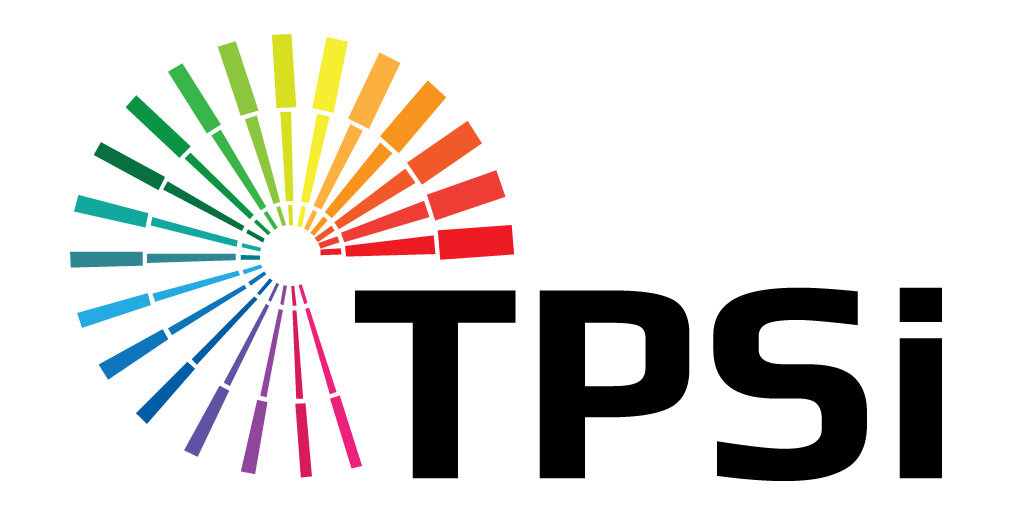Direct mail remains one of the most effective marketing channels for reaching customers in a personal, tangible way. By integrating direct mail with your Customer Relationship Management (CRM) system, you can automate campaigns, improve targeting, and save valuable time. This guide explains how CRM-driven automation helps businesses streamline workflows, maintain consistent branding, and measure results more effectively.
Step 1: What Is CRM-Integrated Direct Mail?
CRM-integrated direct mail connects your customer database to an automated mailing system. When triggered by customer actions—like new signups, purchases, or anniversaries—the system automatically sends postcards or letters personalized to each recipient.
This type of automation bridges the gap between digital and print, combining the precision of CRM data with the impact of physical mail.
Step 2: Benefits of Automating Direct Mail Campaigns
Automation through CRM systems offers several key advantages:
- Efficiency: Automatically trigger mailings without manual coordination.
- Personalization: Use customer data (like names, past orders, or locations) to tailor messages.
- Consistency: Maintain brand standards across every campaign.
- Speed: Send timely mail after key customer actions.
- Tracking: Sync campaign data back to your CRM for performance measurement.
Step 3: How CRM Automation Works for Direct Mail
Here’s how automation typically operates in a connected system:
1. A customer record or event (like a purchase) triggers a direct mail workflow.
2. The CRM passes mailing data—like name, address, and personalization fields—to your print system.
3. Postcards or letters are printed, addressed, and mailed automatically.
4. Campaign status and delivery data sync back to the CRM for tracking.
Platforms like HubSpot, Salesforce, and Zoho integrate with print and mail providers such as TPSi to execute these automated workflows.
Step 4: Choosing the Right CRM for Automation
To get the most from direct mail automation, your CRM should support custom workflows, API access, and integrations with third-party mailing platforms. Look for systems that allow you to segment audiences and trigger events automatically. Popular options include Salesforce, HubSpot, Zoho CRM, and ActiveCampaign—each offering native or plugin-based direct mail connectors.
Step 5: How to Set Up CRM Mail Automation
Follow these steps to create a connected, automated mailing workflow:
- Define your campaign goals (retention, reactivation, upselling)
- Choose event triggers (e.g., new customer, renewal, cart abandonment)
- Integrate your CRM with a print-and-mail service provider
- Create templates that merge CRM data fields for personalization
- Test your workflow and confirm delivery tracking
Once set up, you can send postcards or letters automatically based on real-time customer behavior—no manual coordination needed.
Step 6: Examples of CRM-Driven Mail Campaigns
Businesses use CRM automation for many purposes, including:
- Welcome campaigns for new customers
- Loyalty or renewal reminders
- Reactivation mailers for inactive customers
- Follow-up mail after key purchases or service interactions
- Event invitations or special promotions tied to customer milestones
Step 7: Tracking Results and ROI
Modern CRM integrations allow you to track every automated campaign through delivery confirmations, response data, and conversions. By connecting response metrics (like QR code scans or landing page visits) directly to CRM reports, you can measure engagement and ROI as easily as you would with digital ads.
Step 8: Partnering with a Full-Service Provider
Automating direct mail can seem complex, but full-service providers like TPSi simplify the process. TPSi connects with major CRM platforms to deliver compliant, personalized mail at scale—without manual intervention. Our integration services ensure each piece is printed, processed, and tracked in sync with your CRM campaigns.
